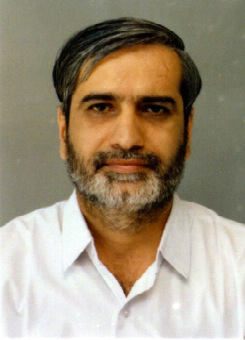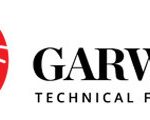 Despite the dramatic overall decline of the European textile industry in the last 30 years, Europe still stands on firm feet as a world leader in the technical textiles field which is growing at an amazing rate. There is a big competition in price, thanks to the globalisation. The main cost factors in textiles are labour cost, energy cost and capital cost. It is estimated that the labour cost differentiates between countries 1:40, energy cost 1:4 and capital cost also 1:4. But for Europeans the textile industry does not mean only textile production. It also means textile machinery, textile distribution and fibre. The high segment of the ring spinning machinery area is also dominated by two European machine producers – Rieter and Saurer – accounting for about 50 % of the high segment of the ring spin-, rotor- and air jet-machines.
Despite the dramatic overall decline of the European textile industry in the last 30 years, Europe still stands on firm feet as a world leader in the technical textiles field which is growing at an amazing rate. There is a big competition in price, thanks to the globalisation. The main cost factors in textiles are labour cost, energy cost and capital cost. It is estimated that the labour cost differentiates between countries 1:40, energy cost 1:4 and capital cost also 1:4. But for Europeans the textile industry does not mean only textile production. It also means textile machinery, textile distribution and fibre. The high segment of the ring spinning machinery area is also dominated by two European machine producers – Rieter and Saurer – accounting for about 50 % of the high segment of the ring spin-, rotor- and air jet-machines.
On the export front, Europe (EU-27) is the 2nd largest exporter worldwide. According to the available data, the total global export market in 2011 was USD 707 bn.; of which USD 248 bn. came from China and USD 193 bn. (outside the EU : USD 52 bn) from Europe (EU-27). India, with USD 29 bn. was a distant number three. Europe also leads in the cellulosic fibre segment with Lenzing (an Austrian company) being the biggest producer of cellulosic fibre worldwide. It has a market share of 21 % in the 3.8 million tons short staple cellulosic fibre market worldwide. In textile production, Europe has been squeezed out of the textile market due to extremely high production costs. The manufacturing of mass merchandise has rapidly shifted to the low-cost destinations. This is clear from the machinery shipment data. Last year, 95 % of the short staple ring spindles and more than 90 % of the rotor spindles and shuttle-less looms were shipped to Asia. The US and Europe have become distributors of textile apparel products but their expertise in supply chain management and superior know-how in fashion trends and logistics earns them handsome profits. For most European companies export is a must in order to reach the necessary critical size to cope with the production costs. For them it means “fly or die” because export is a tough job. However, the plus point of this has been that the number of companies has gone down substantially. Those operational, have transformed their companies as export-oriented strong niche companies with leading global position in their segments. No wonder, “Made in Europe” dominates the market for technical textiles. In 2012, the total market volume in Europe amounted to EUR 28 bn. out of which 80% was “Made in Europe.” The European continent may be declining in low cost apparel manufacturing but it certainly has a firm grip on the market of technical textiles which is both – demanding and rewarding.





